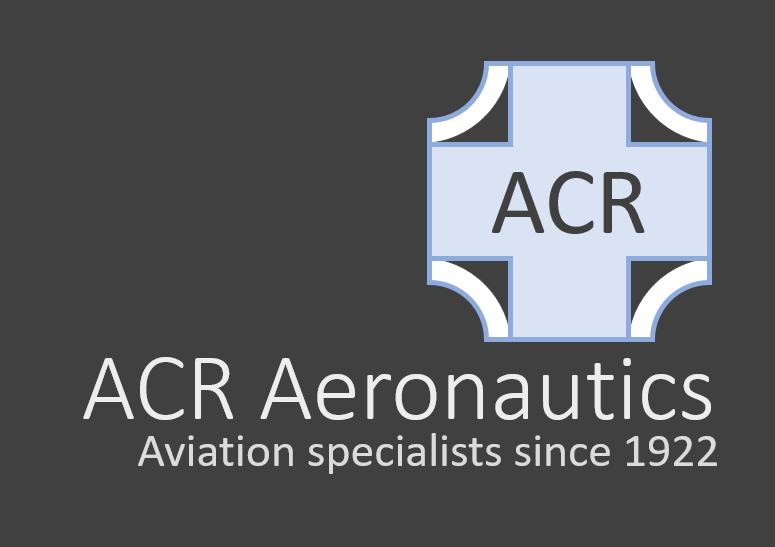ACR Aeronautics

Project Proposal: Advanced Avionics Integration for Enhanced Flight Efficiency [Strictly confidential]
Objectives:
- Develop a modular avionics platform capable of seamless integration with existing aircraft systems.
- Implement advanced AI algorithms for real-time data analysis and decision-making, optimizing flight paths and fuel consumption.
- Enhance situational awareness through the integration of multi-sensor fusion techniques for precise navigation and obstacle avoidance.
- Design a user-friendly interface for pilots to interact with the integrated avionics system, ensuring intuitive operation and minimal cognitive workload.
- Conduct rigorous testing and validation procedures to ensure compliance with stringent aviation safety standards and regulations.
Technical Approach:
- Modular Avionics Architecture: Our team will design a modular avionics architecture based on open standards, facilitating interoperability with diverse aircraft platforms. This approach will enable seamless integration of new functionalities and future upgrades, ensuring long-term scalability and adaptability.
- AI-Based Flight Optimization: Leveraging advanced AI algorithms, we will develop a predictive analytics engine capable of analyzing vast amounts of flight data in real-time. By incorporating factors such as weather conditions, air traffic patterns, and aircraft performance parameters, the system will autonomously optimize flight trajectories to minimize fuel consumption and maximize operational efficiency.
- Sensor Fusion for Enhanced Situational Awareness: Our approach to sensor fusion will involve integrating data from a diverse array of sensors, including radar, lidar, GPS, inertial measurement units (IMUs), and onboard cameras. By fusing information from multiple sources, the system will provide pilots with a comprehensive and accurate representation of the surrounding airspace, enabling precise navigation and proactive obstacle avoidance.
- Human-Machine Interface Design: The development of a user-friendly human-machine interface (HMI) will be a key focus area of this project. Our team will employ principles of user-centered design to create an intuitive and ergonomic interface that facilitates efficient pilot interaction with the integrated avionics system. Features such as customizable displays, voice commands, and tactile feedback will enhance usability and reduce pilot workload.
Implementation Plan:
- Phase 1 (Research and Design): Conduct a comprehensive review of existing avionics technologies and identify key requirements for the new system. Develop conceptual designs and architecture blueprints for the modular avionics platform and AI algorithms.
- Phase 2 (Prototype Development): Build prototype modules for the avionics platform and AI software components. Integrate sensor fusion algorithms and develop initial versions of the HMI interface.
- Phase 3 (Testing and Optimization): Conduct extensive testing and validation of the integrated system in simulated and real-world flight scenarios. Gather feedback from pilot stakeholders to refine the HMI design and improve user experience.
- Phase 4 (Deployment and Evaluation): Deploy the finalized avionics integration system on a pilot fleet of test aircraft. Monitor system performance and gather operational data to evaluate the effectiveness of the new technology in improving flight efficiency and safety.
Conclusion:
The proposed project represents a significant step forward in the advancement of aviation technology, with the potential to revolutionize flight operations and contribute to a more sustainable and efficient air transportation ecosystem. By integrating cutting-edge avionics technologies and AI-driven decision support systems, we aim to empower pilots with enhanced situational awareness and optimized flight capabilities, ultimately shaping the future of aerial navigation.
